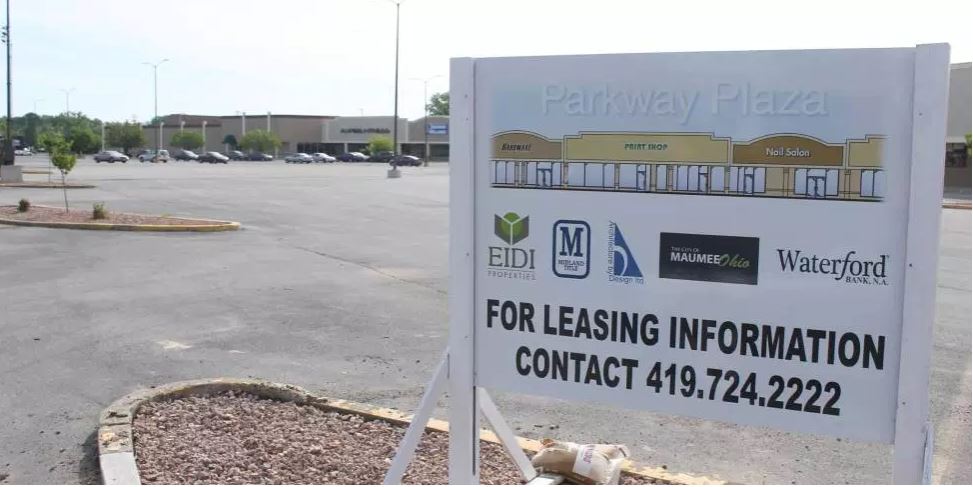Though no one can really predict the future, we can see trends. In commercial real estate in the United States we are seeing trends that demand our attention.
These trends include looking at the economic indicator that comes from the Federal Reserve Board. Both the impact of interest rates and the perception of interest rates move markets. This year, Jerome Powell was appointed and confirmed as the new chair of the Federal Reserve Board. The fact that this entity has a new chair isn’t, in itself, an indicator of change, but upon taking his position, Powell immediately raised the prime lending rate by a quarter percent to 1.75 — the highest rate in a decade. Many view this as a normal move considering all of the economic factors. They see it as a way to stabilize markets and adjust for the aggressive real estate markets and flat inflation. Powell also made statements recently indicating he will not bend to the will of politicians who try to meddle in interest rates. That statement eased the fears of the markets, while making some investors nervous about its impact.
When interest rates change, it isn’t blatantly good or bad. Some sectors of the economy benefit while others are adversely affected. What is obvious and important is that financing just became more expensive, which often drives down the cost of goods. This creates the situation where the store cost more, but everything in the store cost less. Even though the current rate is the highest in a decade, it is the second hike since December and most economist suggest this was necessary in order to stabilize markets and prevent the acceleration of a bubble.
By being more expensive to finance, some potential vendors might get priced out of the market or disqualified by conventional lenders. This can reduce the demand for commercial real estate but shouldn’t have a major disruptive effect for two reasons. First, demand for goods drives the market more than investment capital. Secondly, there are more and more financial resources than ever. This can actually broaden the availability of financing due to the margins available to in-house financers with the rate hike. In fact, Eidi Properties Vice President, Robert Ruiz, says, “Eidi Properties has maintained favorable financing options with our commercial lenders through strong performance, aggressive paydowns on debt and favorable loan to value ratios for its portfolio in order to balance the rising interest rates and increased cost of borrowing, allowing for continued growth and expansion into new markets.”
One key trend is the reverse migration of shopping from the physical to the digital. Although the digital marketplace continues to grow, there has been an about face in commercial real estate, where companies are moving from the digital space to the physical. Companies like Amazon, which functioned exclusively as a digital retailer until recently, have discovered the value of local brick and mortar stores as seen by their purchase of Whole Foods.
The second, and most important factor, is that we are at near full employment. This has two favorable impacts on commercial real estate. First, more working people means more people with disposable income. More money creates more spending. When the economy is nearly at full employment, it is easier for shop owners to succeed due to high economic demand. Economic demand is the most critical factor in business stability and success.
Full employment also produces a greater willingness to enter the risky realm of business. Potential entrepreneurs have more capital for startups and they have more confidence that the economic environment will support them. These conditions increase the demand for commercial real estate.
Nobody has a crystal ball, and there are some headwinds to the potential entrepreneur in today’s economy. However, the most critical factor paints an optimistic picture for those in the commercial real estate marketplace and those who want to enter it.



Recent Comments